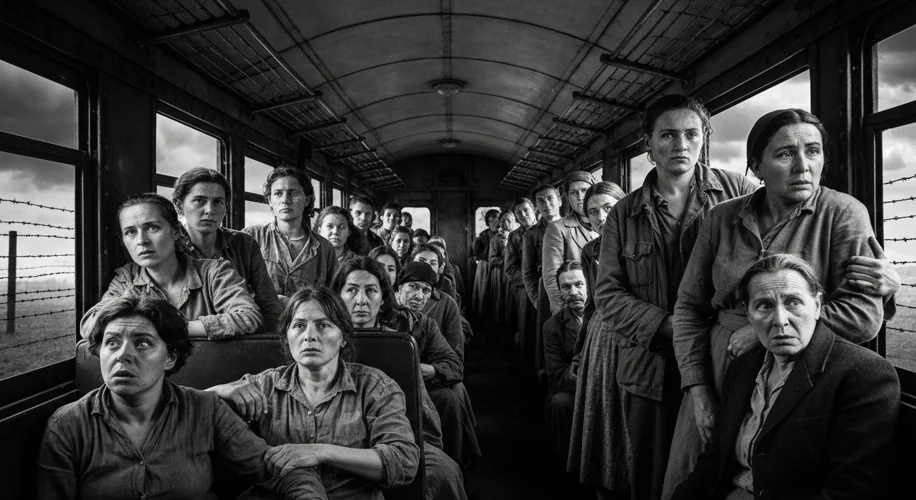In the annals of human history, few events cast as long and dark a shadow as the Holocaust. It stands as a stark testament to humanity’s capacity for unfathomable cruelty, a systematic, state-sponsored persecution and murder of six million Jews by the Nazi regime and its collaborators.
To truly grasp the magnitude of this atrocity, we must peer into the historical crucible that forged such hatred. The early 20th century in Europe was a tinderbox of social, economic, and political upheaval. The scars of World War I, coupled with the ravages of the Great Depression, fostered an environment ripe for extremist ideologies. In Germany, the Weimar Republic, a nascent democracy, struggled to gain traction amidst hyperinflation, political instability, and a pervasive sense of national humiliation following the Treaty of Versailles.
Into this fractured landscape stepped Adolf Hitler and the National Socialist German Workers’ Party (NSDAP). Hitler, a charismatic orator, tapped into a deep well of resentment and fear. He masterfully scapegoated Jews, falsely blaming them for Germany’s economic woes and its defeat in the war. This antisemitic propaganda, deeply rooted in centuries of European prejudice, found fertile ground in a society desperate for answers and a strong leader. The Nazis propagated a twisted racial ideology, promoting the concept of an

